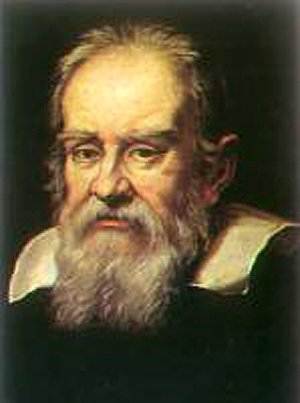
Return
The doctrine of the affections was an aesthetic theory of music in the Baroque period (c. 1600 - c. 1750). The one feature that united all the arts and all the styles was a new emphasis on expressing passions (emotions). Compared with the preceeding period (the Renaissance), the Baroque produced more intense and more varied emotions in the arts.
In music, this new emphasis was overtly stated and generalized in the doctrine of the affections. This doctrine was the result of the influence of classical (ancient Greek and ancient Roman) rhetoric. Baroque theorists and composers felt that music could arouse a variety of specific emotions in the audience. If a composer used the correct musical (rhetorical) device, a particular emotional response would be involuntarily induced in the listener. The range of passions included anger, excitement, wonder, heroism, contemplation, mystical states, etc. and these emotions were the "affections" understood not only as emotions, but states of the soul. These affections were thought to be universal, to apply to ALL human beings (the cultural relativism of the Humanists).
While the visual arts (architecture, sculpture, painting, costume design, theatre design, decorative arts, etc.) also induced affective states, so too did composers evoke emotions by the use of consonance, dissonance, rhythmic accents, and other rhetorical methods.
One of the most important composers and theorists in music, was Johann Matteson (1681-1764). Mattheson was particularly interested in the relationship between music and rhetoric. The techniques used to induce specific affections were catalogued such as "slow-moving, listless melody, broken frequently by musical 'sighs'", using specific scales, chords, etc. Mattheson felt that each piece of music (such as a movement) should induce only one affection. Such affective music, as it tended not to have multiple affections, had a characteristic feature: the movements lacked contrasts and was perceived as being repetitive. Of course, towards the end of the Baroque, Ballet d'Action used the gestures of chirologia or pantomein to appeal directly to human passions.
© Copyright 2006 - 2018
The Esther M. Zimmer Lederberg Trust
 Website Terms of Use
Website Terms of Use